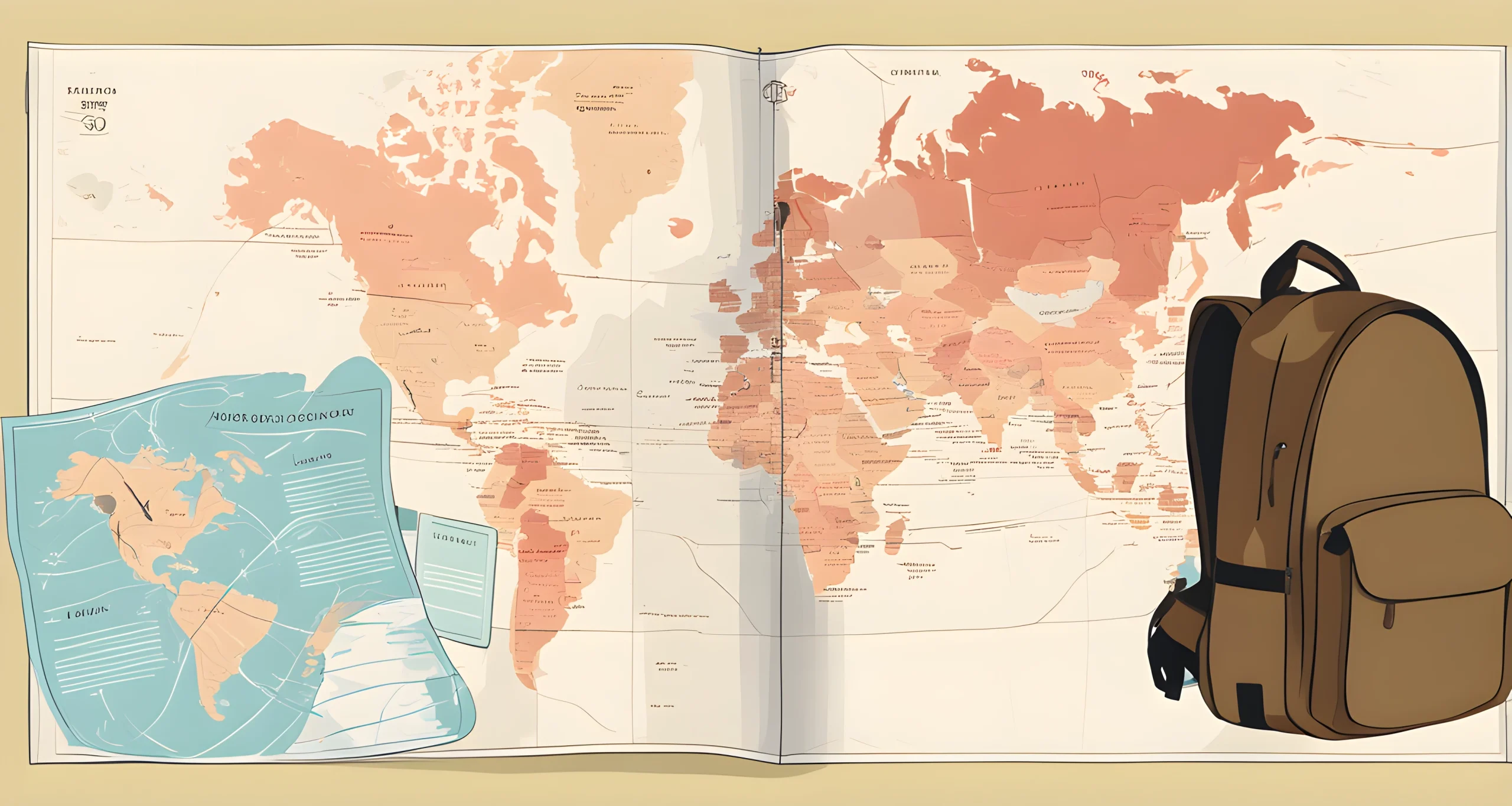Introduction
Welcome to the ultimate guide on how to plan a long-term budget trip! Whether you’re a seasoned traveler or a first-timer, embarking on a budget-friendly adventure requires careful planning and consideration. In this comprehensive guide, we will take you through the essential steps to ensure that you have a realistic and sustainable budget for your trip.
Choosing Destination and Duration
Before diving into the nitty-gritty of budget planning, it’s crucial to decide on your destination and the duration of your trip. Researching different options and considering factors such as visa requirements, safety, and local infrastructure will help you make an informed decision. If you’re looking for inspiration, check out our article on Low-Cost Tropical Adventures for some budget-friendly exotic places to visit.
Researching Average Costs
Once you’ve settled on a destination, it’s time to research the average costs associated with traveling in that region. This includes accommodation, transportation, food, activities, and other miscellaneous expenses. Gathering this information will provide you with a baseline for creating your travel budget.
Creating a Detailed Travel Budget
With average costs in mind, it’s time to create a detailed travel budget. This involves breaking down your expenses by category and estimating the total cost for each aspect of your trip. Consider using budgeting tools or apps to help keep track of your expenses and stay within your budget.
Refining Your Budget
After creating an initial budget, it’s essential to review and refine it based on your preferences and priorities. This may involve making trade-offs between different aspects of your trip or finding creative ways to save money without compromising on experiences.
Budgeting by Item or Category
One effective way to manage your budget is by allocating specific amounts to each item or category. This approach allows you to prioritize your spending and avoid overspending in certain areas.
Finalizing Your Travel Budget
Finally, once all the necessary adjustments have been made, it’s time to finalize your travel budget. This involves ensuring that all expenses are accounted for and making any last-minute tweaks before setting off on your adventure.
Stay tuned for the next section where we delve into the process of choosing the perfect destination and duration for your long-term budget trip!
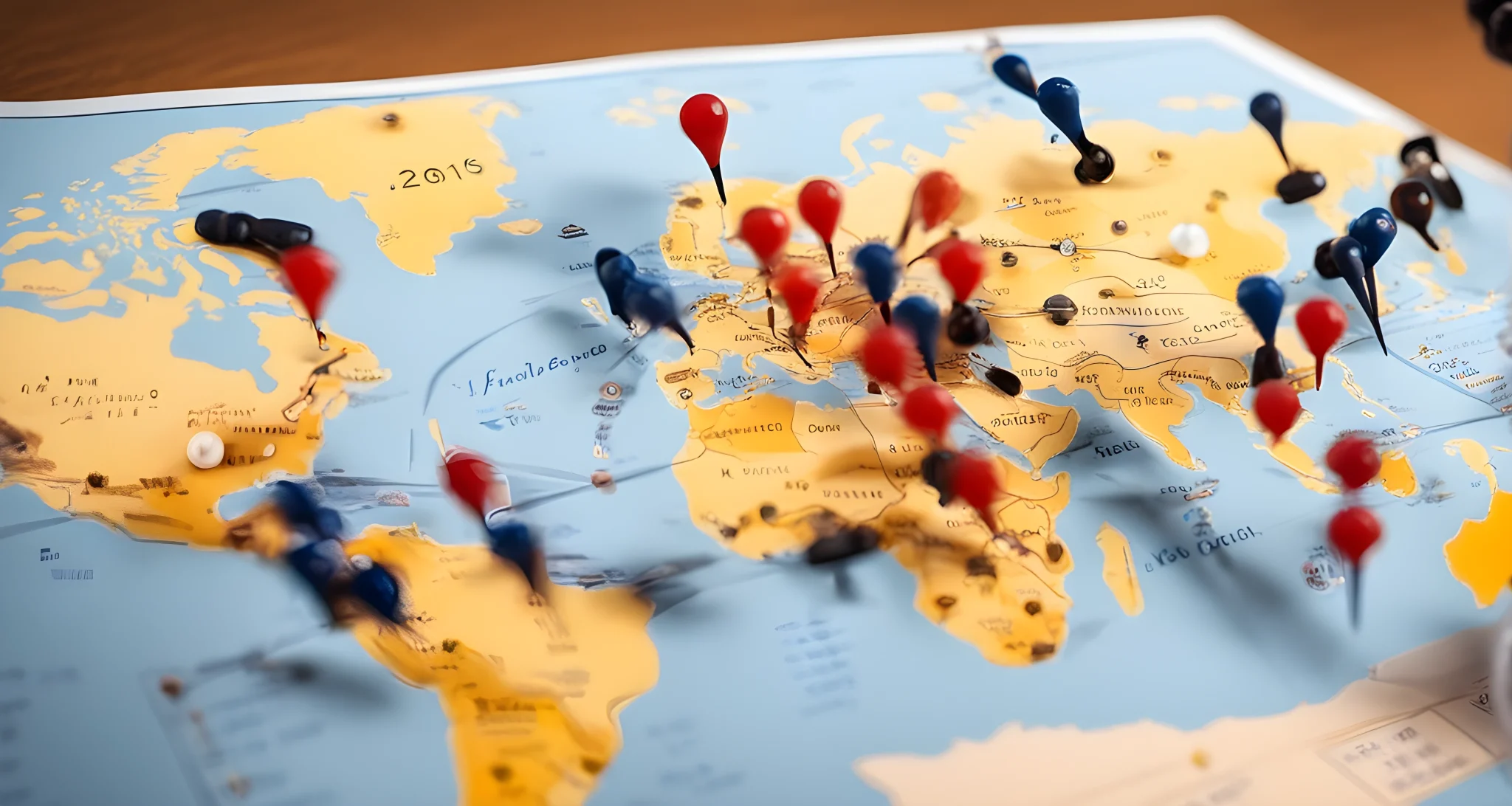
Choosing Destination and Duration
When planning your long-term trip, it’s important to carefully choose your destination(s) and decide on the length of your trip, as this will have a significant impact on your budget. Here are some tips to help you make these decisions:
Research Destinations
- Consider destinations that offer a lower cost of living, such as Southeast Asia or Eastern Europe.
- Look for countries with favorable exchange rates to stretch your budget further.
- Consider the seasonality of your destination, as traveling during off-peak times can lead to lower costs for accommodations and activities.
Length of Trip
- Determine the duration of your trip based on your budget and the amount of time you can take off from work or other commitments.
- Longer trips may allow you to take advantage of discounted long-term accommodation options or work exchange programs.
- Keep in mind that the longer you stay in one place, the more you can immerse yourself in the local culture and potentially save on transportation costs.
Family-friendly journey bargains
- If you are traveling with kids, consider destinations that offer family-friendly activities and accommodations.
- Look for deals and discounts specifically tailored for families to help reduce costs.
Flexibility
- Remain flexible with your destination and duration to take advantage of last-minute travel deals or unexpected opportunities.
- Consider splitting your time between multiple destinations to experience different cultures and landscapes without breaking the bank.
By carefully considering your destination(s) and the length of your trip, you can make informed decisions that align with your budget and travel preferences. This initial planning stage sets the foundation for creating a detailed travel budget that will allow you to fully enjoy your long-term adventure.
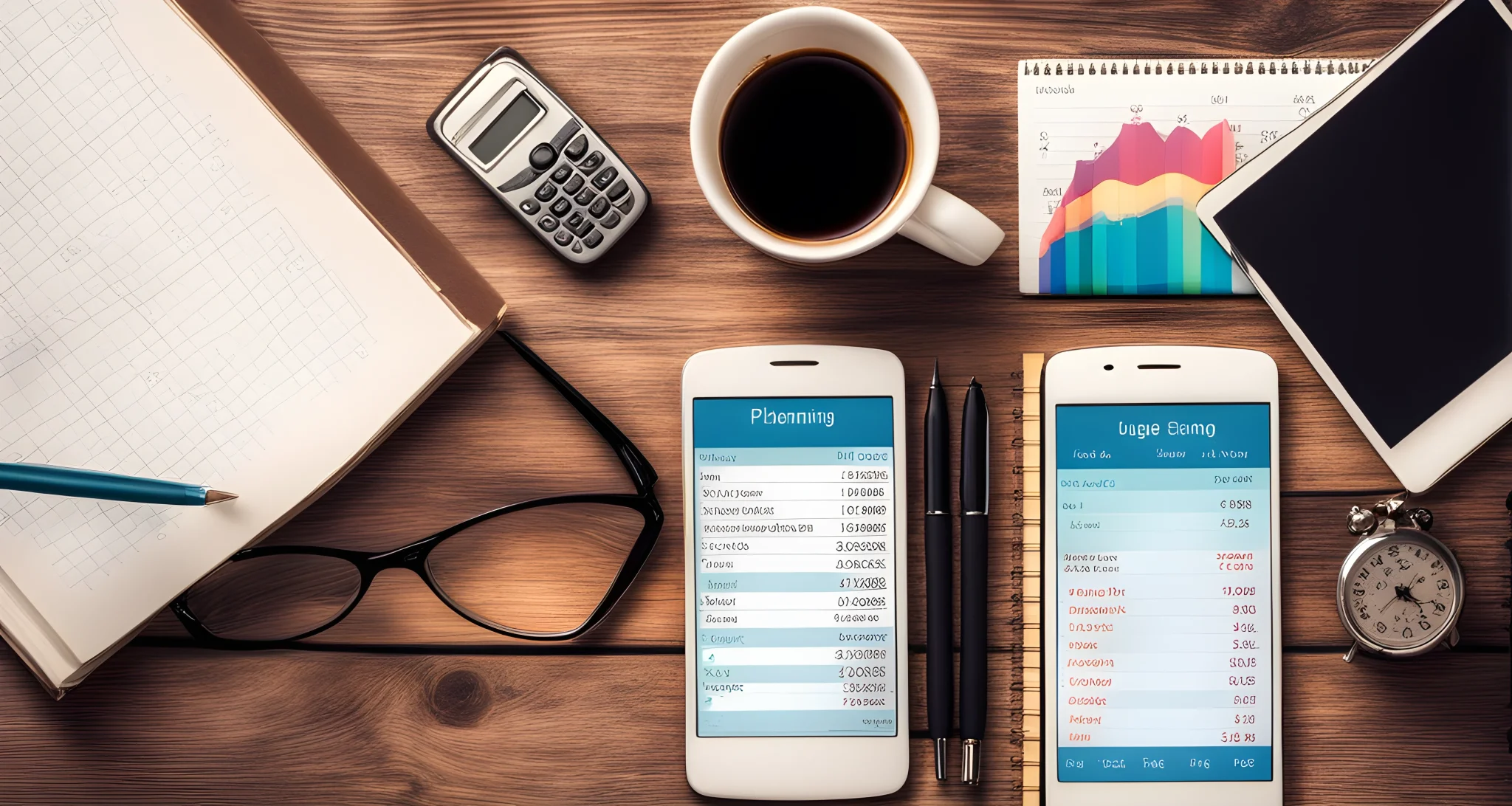
Researching Average Costs
When planning a long-term budget trip, it’s important to research the average costs in each destination you plan to visit. This will give you a better understanding of how much you need to save for your trip and will help you create a more accurate budget.
Key Considerations
- Accommodation: Research the average cost of accommodation in each destination. Look for affordable options such as hostels, guesthouses, or vacation rentals.
- Food: Consider the average cost of meals at restaurants, as well as the price of groceries if you plan to cook some of your own meals.
- Transportation: Look into the cost of public transportation, as well as any additional expenses such as taxis or rental cars.
- Activities: Research the average cost of activities and attractions in each destination. Consider any entrance fees, guided tours, or excursions you may want to participate in.
Budget Research
Utilize online resources such as travel blogs, budget travel websites, and forums to gather information about average costs in different destinations. You can also use travel apps that provide budget estimates based on real-time data.
Maximize rewards travel
Another way to save on costs is by taking advantage of travel rewards and discounts. Researching deals and discounts for flights, accommodation, and activities can help stretch your budget further.
By thoroughly researching average costs in each destination, you’ll be better prepared to create a detailed travel budget that accurately reflects the expenses you can expect during your trip. This will allow you to allocate funds appropriately and avoid any financial surprises along the way.
In the next section, we’ll delve into creating a detailed travel budget based on the information gathered during your research.
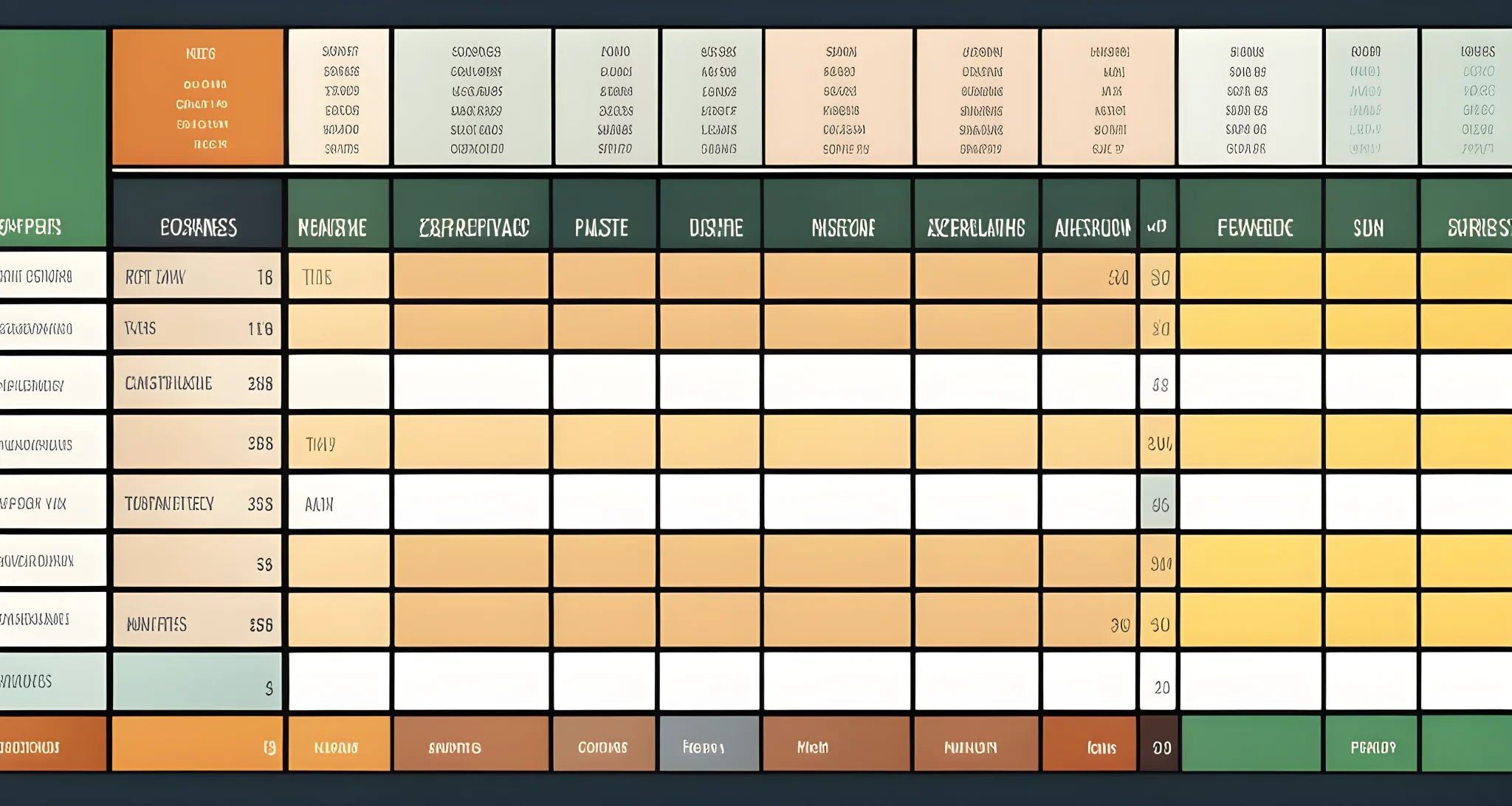
Creating a Detailed Travel Budget
When planning a long-term budget trip, creating a detailed travel budget is crucial to staying on track with your expenses. A travel budget spreadsheet can help you track your spending and ensure that you don’t overspend during your trip. Here are some tips for creating a detailed travel budget:
Tracking Expenses
- List your destinations in separate cells to easily compare your actual spend to your budgeted amounts.
- Use the research from the previous section on average costs to estimate how much you will need for accommodation, transportation, food, activities, and other expenses.
Comparing Actual Spend to Budget
- Regularly update your travel budget spreadsheet with your actual spending.
- Compare the actual spend to the budgeted amount for each destination and make adjustments as needed.
Making Adjustments
- If you overspend in one category, look for areas where you can cut back to stay within your overall budget.
- Consider shifting funds from one category to another if necessary, such as allocating more money for activities if you find great opportunities at a destination.
By using a detailed travel budget, you can easily keep track of your expenses and ensure that you stay within your budget while still having an enjoyable trip.
Don’t forget to check out Cheap flight times when planning your travel. Finding cheap flights can significantly impact your overall travel budget and allow you to allocate more funds towards other expenses during your trip.
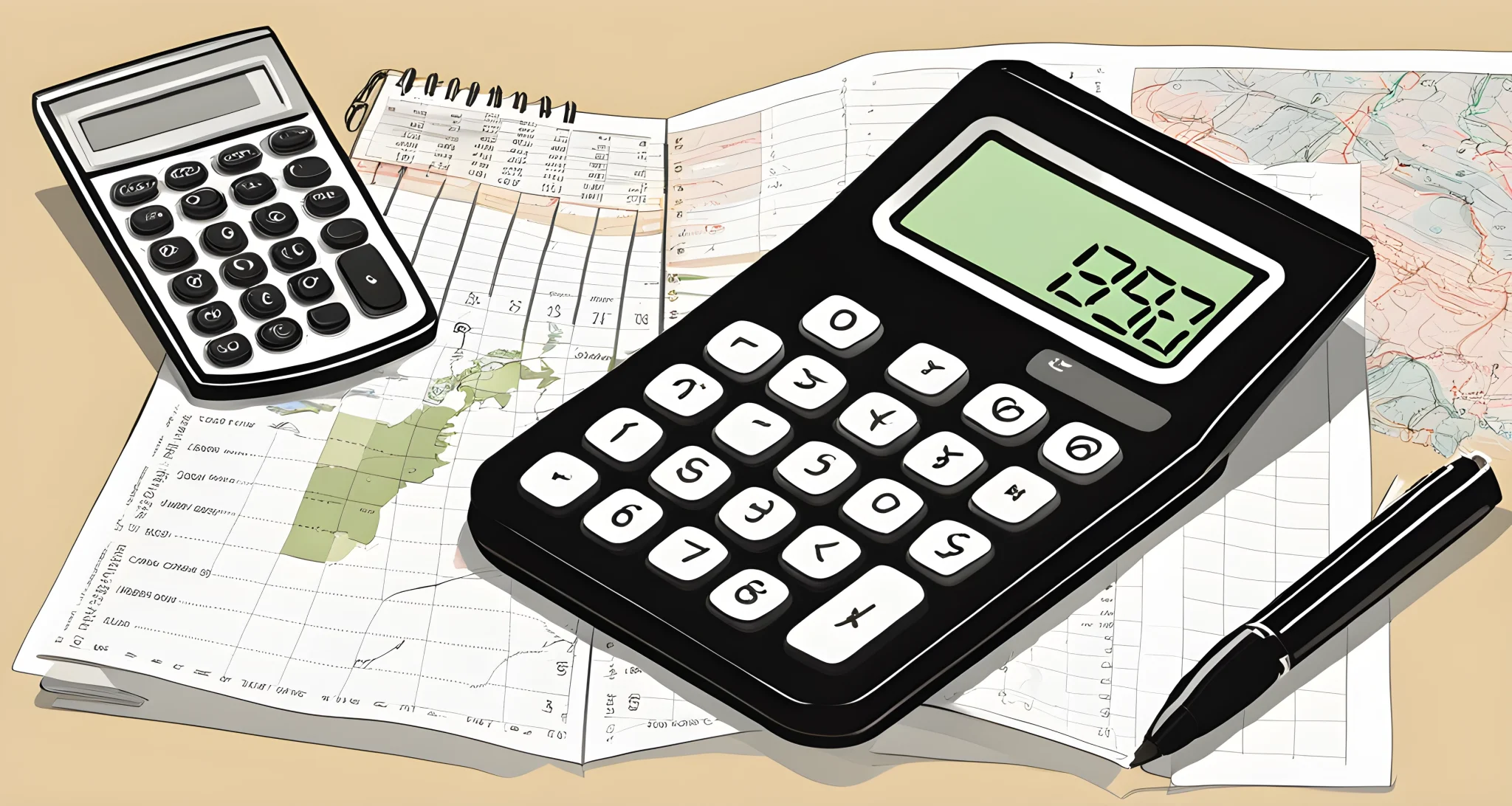
Refining Your Budget
Once you’ve started your long-term budget trip, it’s important to regularly refine your budget to ensure you stay on track financially. Here are some tips to help you make informed decisions about your spending:
Recording Total Spend
- After leaving each destination, record your total spend for that location in your travel budget spreadsheet. This will help you identify any discrepancies and make informed decisions to refine your budget as you continue your travels.
Comparing Actual vs. Budgeted Costs
- Regularly compare your actual spend with your budgeted costs for each destination. This will help you identify areas where you may be overspending and make adjustments accordingly.
Identifying Patterns
- Look for spending patterns in your travel budget spreadsheet. Are there certain categories where you consistently overspend? Identifying these patterns can help you make targeted adjustments to your budget.
Adjusting Future Budgets
- Use the information from your travel budget spreadsheet to adjust your budgets for future destinations. If you consistently overspend on accommodation, for example, consider allocating more funds to this category in future budgets.
Seeking Cost-Saving Opportunities
- Keep an eye out for cost-saving opportunities as you travel. Whether it’s taking advantage of budget-friendly street eats or finding free or discounted activities, there are always opportunities to save money while on the road.
Regularly refining your budget is essential for long-term travel. By recording total spend, comparing actual vs. budgeted costs, identifying spending patterns, adjusting future budgets, and seeking cost-saving opportunities, you can ensure that you stay within your financial means while still enjoying all that long-term travel has to offer.
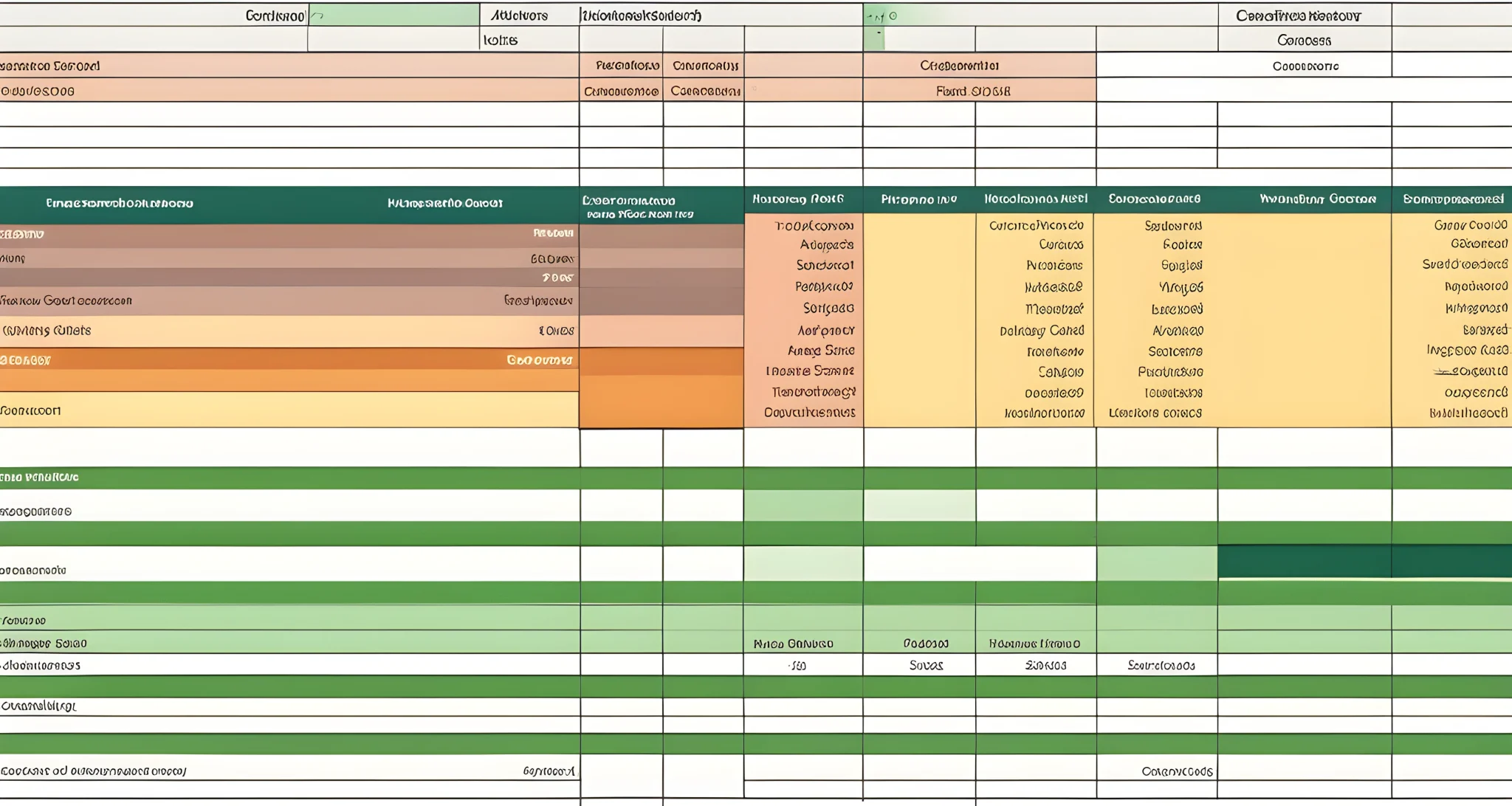
Budgeting by Item or Category
When planning a long-term budget trip, it’s important to break down your expenses into specific items or categories to ensure that you have a clear understanding of where your money is going. By budgeting in this way, you can better manage your finances and avoid overspending. Here are some tips for budgeting by item or category:
Day-to-Day Expenses
- Accommodation: Research the average cost of accommodation in your chosen destination and allocate a specific amount for daily lodging.
- Food: Set a daily budget for meals and groceries, taking into account the cost of dining out and cooking at your accommodation.
- Transportation: Include expenses for local transportation, such as public transit or rental cars, as well as long-distance travel between destinations.
Ongoing Costs
- Storage Unit Hire: If you plan to store your belongings while traveling, factor in the cost of a storage unit rental Solo trip budget tips.
- Insurance: Don’t forget to include travel insurance in your budget to protect yourself against unexpected events.
- Subscriptions: Account for any ongoing subscriptions, such as gym memberships or streaming services, that you may continue to pay for while on the road.
By including these ongoing costs in your budget, you can avoid unexpected financial challenges and ensure that you have enough funds to cover all aspects of your trip. It’s also important to regularly review and adjust your budget as needed, especially if there are changes in expenses during your travels.
Flexibility Fund
It’s always a good idea to allocate some funds for unexpected expenses or opportunities that may arise during your trip. Having a flexibility fund can provide peace of mind and allow for spontaneity without compromising your overall budget.
Tracking Expenses
Consider using a mobile app or spreadsheet to track your expenses by item or category. This can help you stay organized and make adjustments as needed to ensure that you stay within your budget.
By budgeting by item or category, you can gain better control over your long-term travel expenses and make the most of your adventure without financial stress.
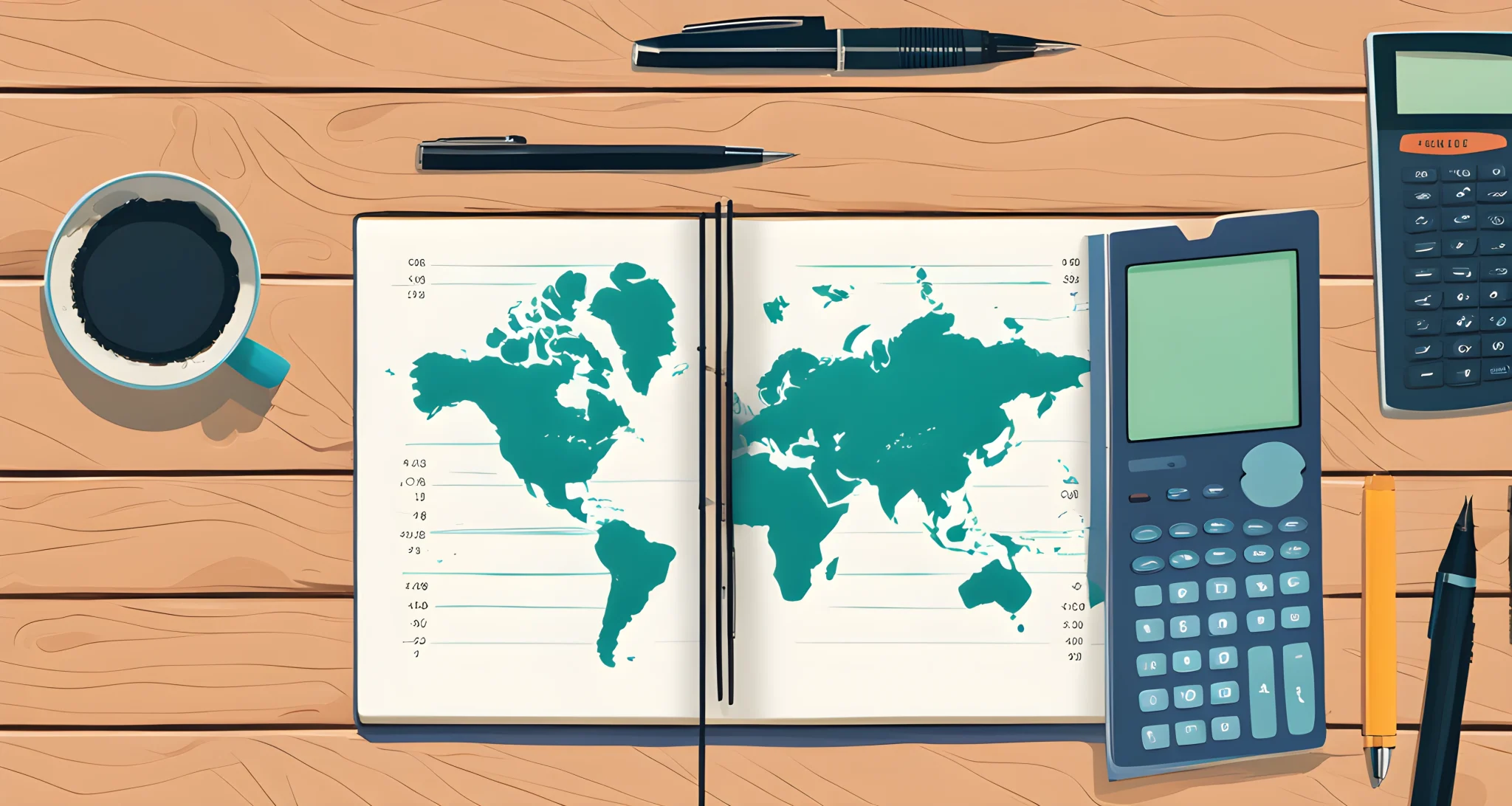
Finalizing Your Travel Budget
After creating a detailed travel budget, it’s time to finalize your plans and ensure that everything is in place for your long-term trip. This stage involves reviewing and adjusting your budget to make sure it aligns with your goals and priorities.
Considerations for Finalizing Your Budget
When finalizing your travel budget, keep the following points in mind:
-
Review Your Research: Double-check the average costs for accommodation, transportation, food, and activities in your chosen destination. This will help you verify that your budget is realistic and in line with the current prices.
-
Account for Contingencies: It’s essential to include a buffer for unexpected expenses or emergencies. Factor in a contingency amount to cover any unforeseen costs that may arise during your travels.
-
Evaluate Your Priorities: Take a close look at the items or experiences that are most important to you during your trip. Allocate more funds to these areas and consider where you can cut back on spending in other areas.
-
Explore Cost-Saving Options: Look for ways to minimize expenses without sacrificing the quality of your experience. Consider alternative accommodation options such as Top low-cost hotel chains or explore local transportation options to save on costs.
Revising Your Budget Spreadsheet
At this stage, revisit your budget spreadsheet and make any necessary changes. Update the figures based on your final research and decisions. Ensure that all expenses are accounted for, including daily necessities, sightseeing activities, and any additional costs such as travel insurance or visa fees.
Seeking Input from Fellow Travelers
If you are traveling with others, it’s important to discuss and finalize the budget together. Consider everyone’s input and make adjustments as needed to accommodate different preferences and priorities.
By finalizing your travel budget, you can confidently move forward with planning and booking your long-term trip. Having a clear and realistic budget in place will allow you to make the most of your journey while avoiding financial stress along the way.
FAQ
What are the crucial steps for planning a long-term budget trip?
The crucial steps for planning a long-term budget trip are deciding on your destination and trip length, researching average costs, creating a travel budget spreadsheet, accounting for ongoing expenses, and setting your travel budget based on your research and spreadsheet.
How can i track my expenses during the trip?
You can track your expenses by creating a travel budget spreadsheet with separate cells for each destination, recording your total spend per location after leaving each place, and comparing it to your budgeted amounts to make adjustments accordingly.
What ongoing expenses should i consider for a long-term budget trip?
For a long-term budget trip, you should consider ongoing expenses such as storage unit hire, insurance, and subscriptions that may change during your trip. make sure to account for these in your budget.
How can i ensure a realistic and sustainable travel budget?
You can ensure a realistic and sustainable travel budget by setting your budget based on thorough research and using a travel budget spreadsheet to track your expenses. this will help you stay within your budget and make necessary adjustments as needed.
